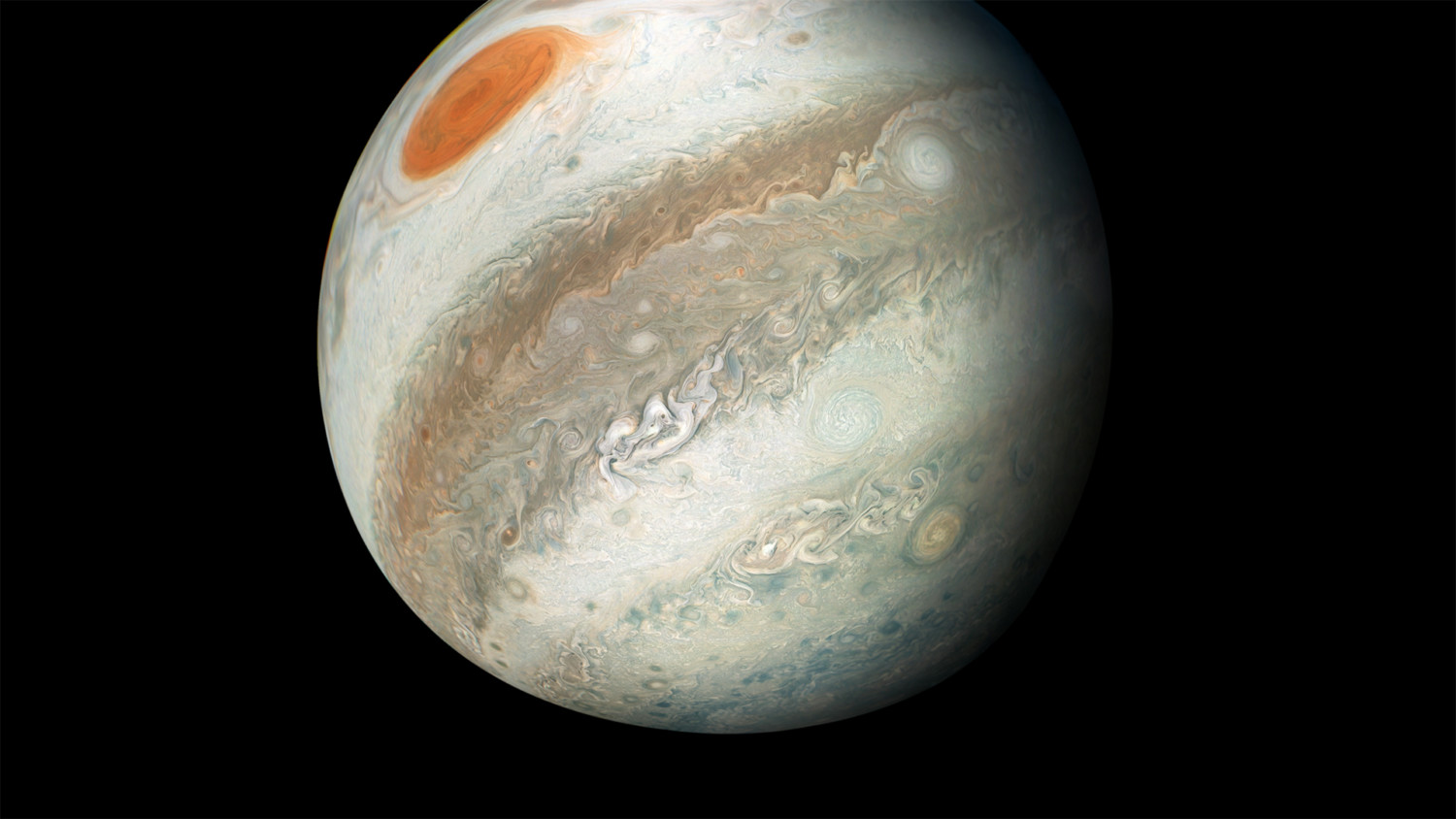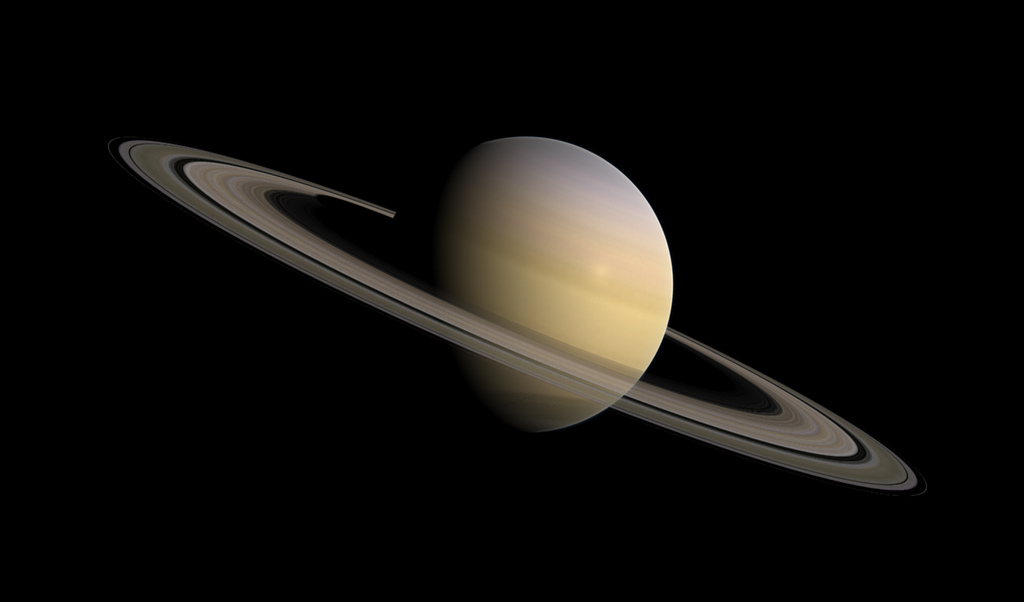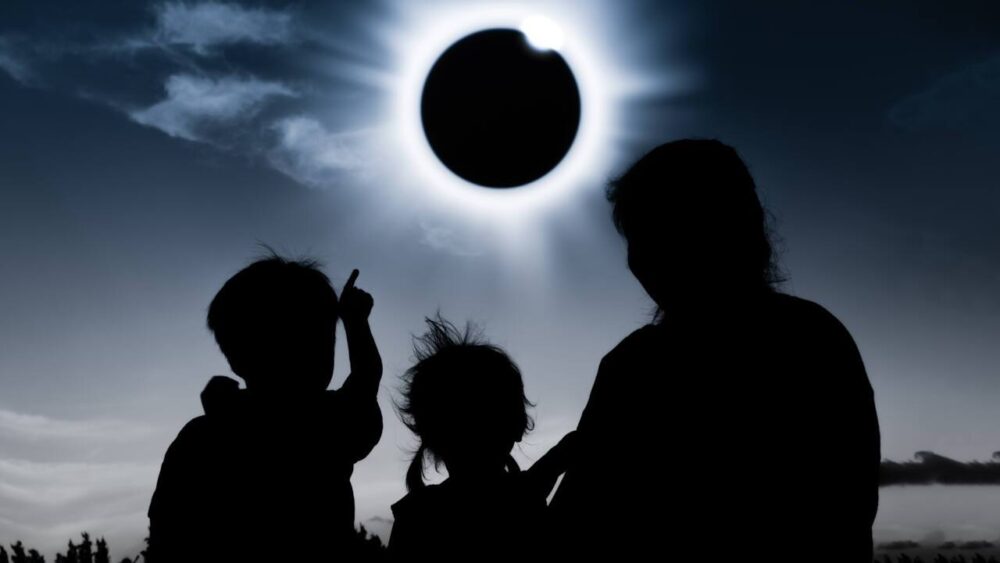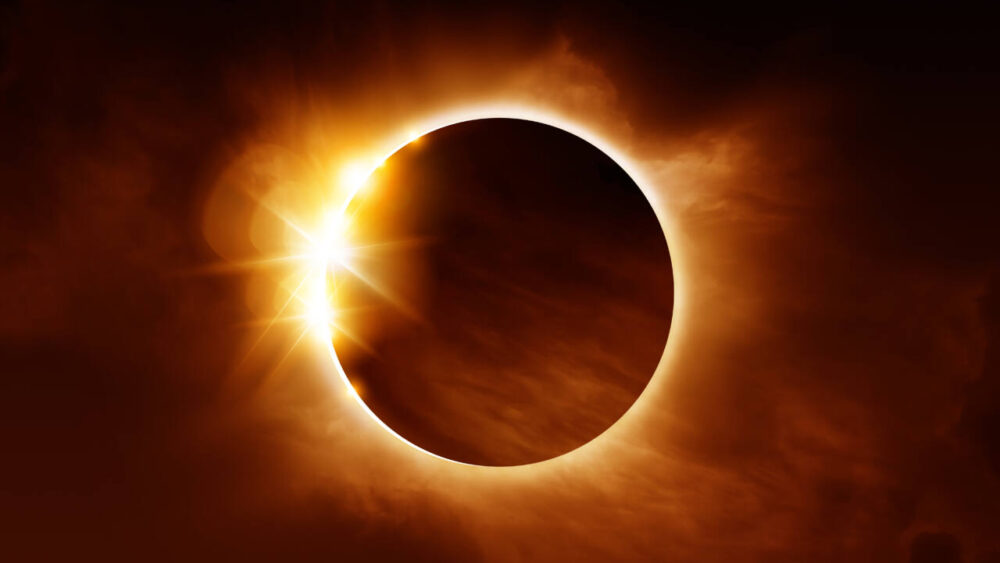When to see the brightest planets in the sky in February
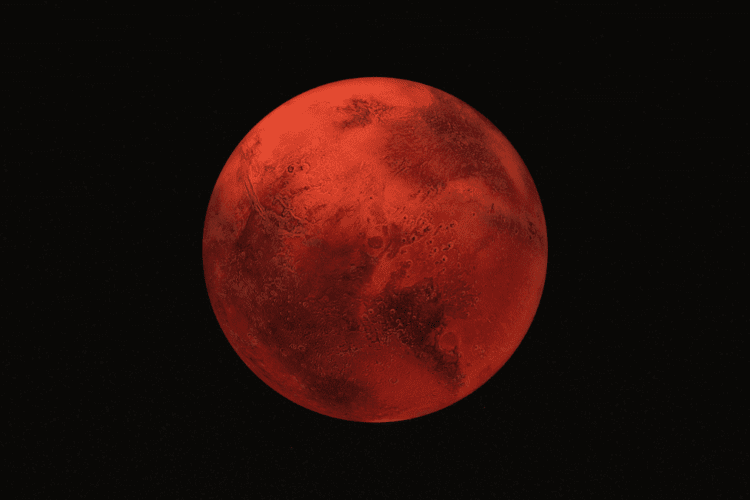
February is the shortest month of the year, and it’s also going to be a quiet month for stargazers and astronomers alike.
On any given day of the year, we can see up to five different planets in the night sky: Mercury, Venus, Mars, Jupiter and Saturn.
If you can find a clear night and withstand the colder temperatures, only Mars will be easy to spot this month, but watchful eyes may be able to catch a glimpse of the other four planets, too.
Mercury
For the majority of the month, Mercury will be directly in between the Earth and the sun, so it will be mostly absent from the night sky.
However, the closest planet to the sun will return to the night sky in the final week of the month.
Observers should find a clear night in an open field away from city lights and look low in the sky to the east-southeast.
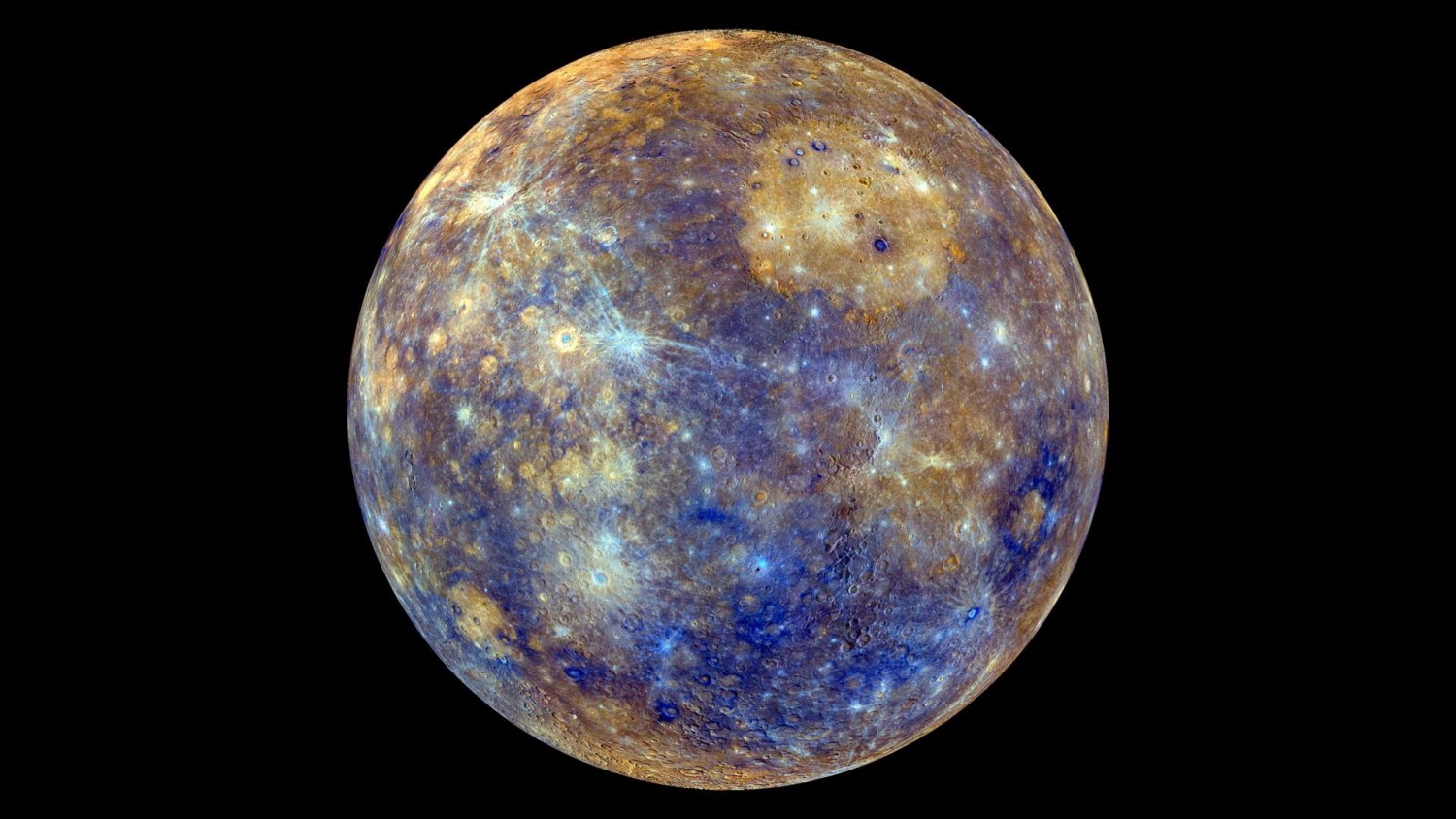
Venus
The second planet from the sun was only visible for the first few days of the month.
During the rest of February, Venus will be lost in the sun’s glare, similar to Mercury’s situation at the start of the month.
Venus won’t return to the night sky again until the end of March.
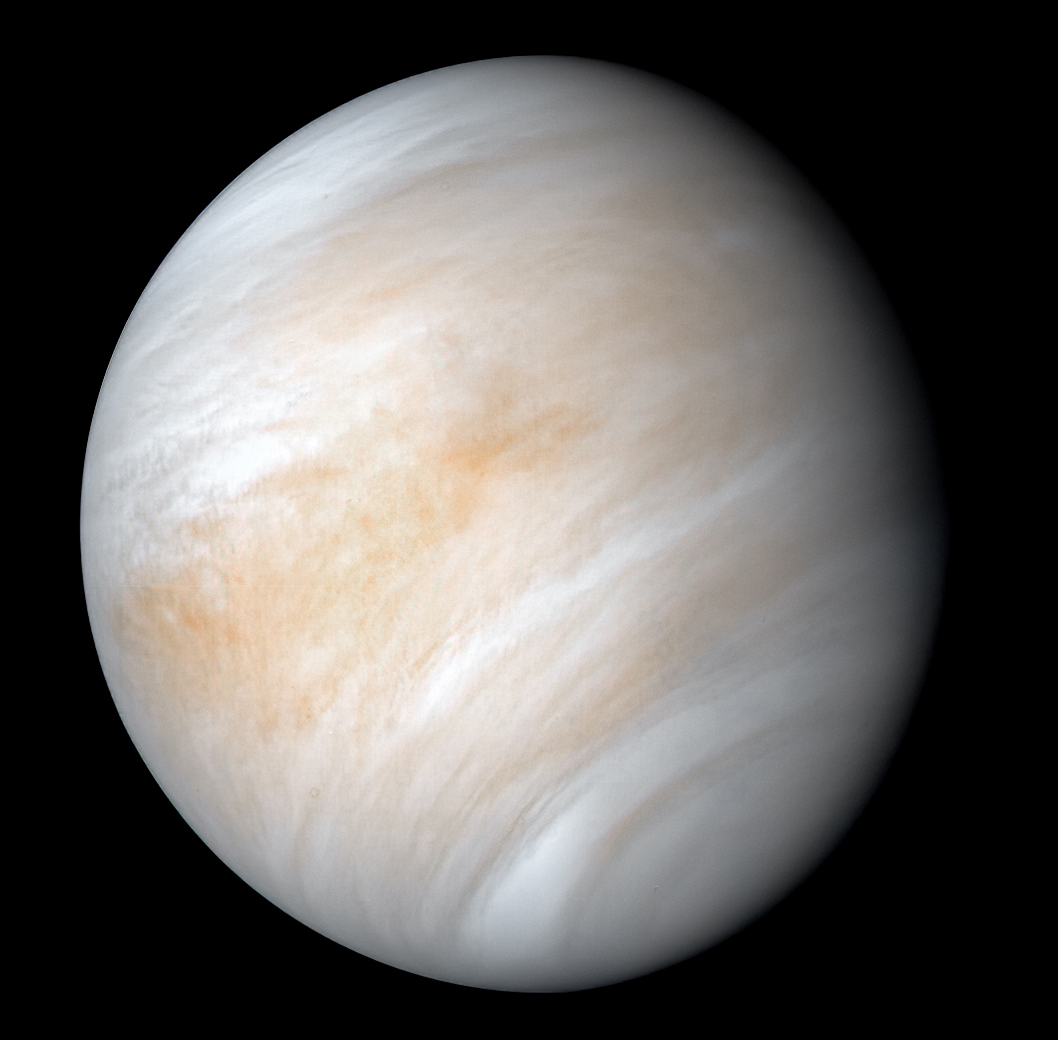
Mars
Of all the planets on this list, Mars is going to be the easiest planet to spot.
At sunset, Mars will be in the southern sky, and it travels to the west-northwest before disappearing from the night sky shortly after midnight.
You’ll have plenty of opportunities to spot the red planet because it remains visible all month.
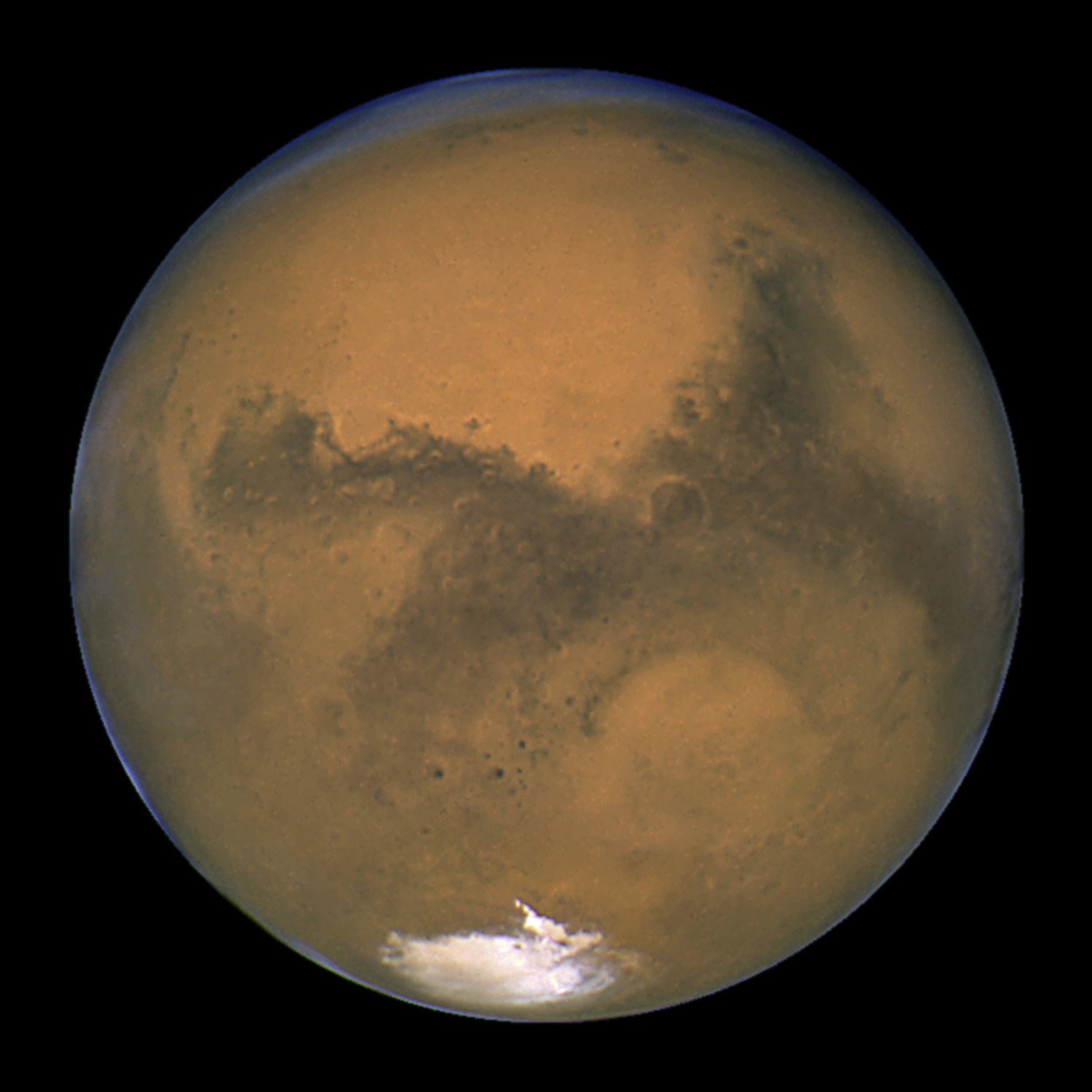
Jupiter
To spot Jupiter, observers will need to be patient, waiting for the middle of the month before the planet appears in the night sky.
Once it does, the early morning hours are your best opportunity. Early-risers should look to the east-southeast at least a half-hour before sunrise to see the gas giant closest to Earth.
Saturn
The ringed planet is in a similar situation to Jupiter because it’ll also be hidden until the second half of the month.
As we approach March, it will become easier and easier to see during the morning hours.
Shortly before sunrise, observers should look low in the sky to the east-southeast.
And while it may not be a planet, the full Snow Moon will shine brightly on Feb. 27.
Follow Meteorologist Jason Meyers on Twitter or watch one of his entertaining and educational YouTube videos.


